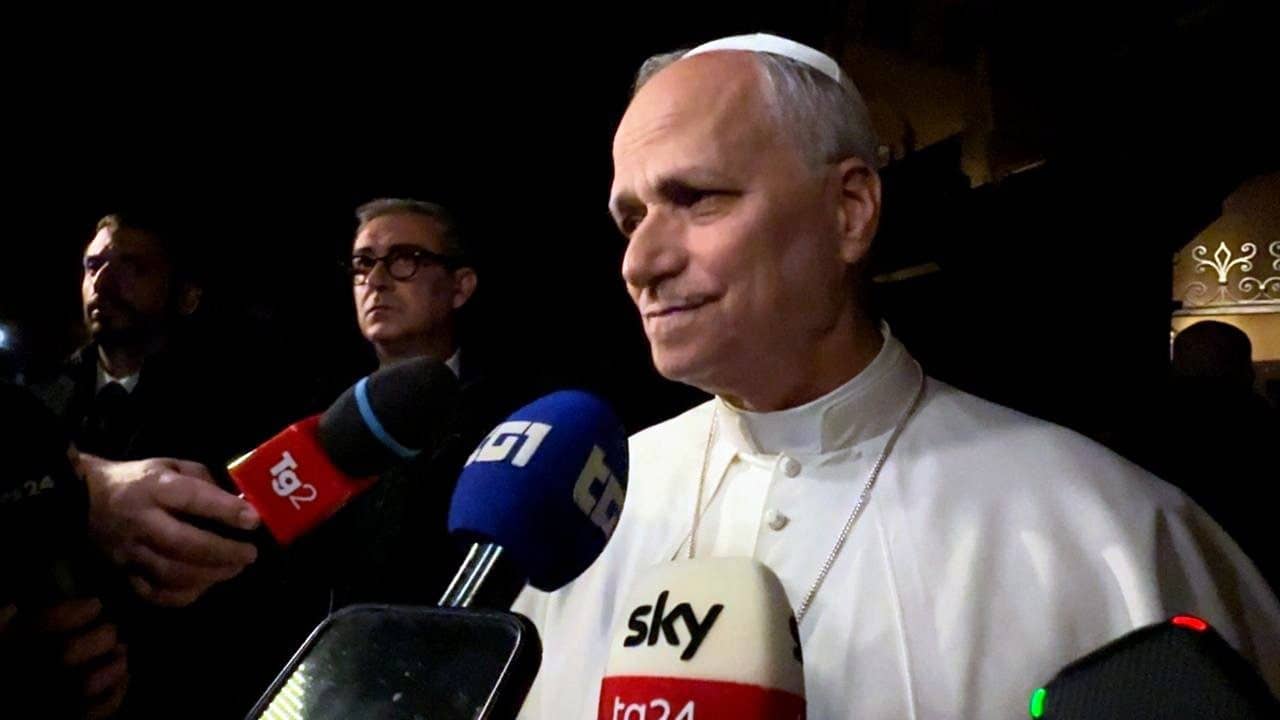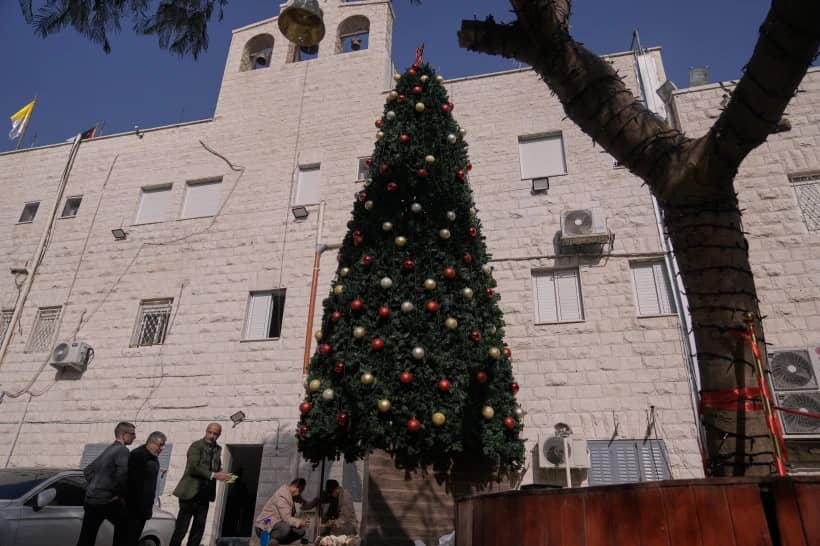SAN SALVADOR — When the late Archbishop Oscar Romero of El Salvador is beatified on Saturday, it will mark a public celebration of a martyr shot to death at the altar in 1980 for seeking justice and peace in a country that, on the cusp of a brutal civil war, was sorely lacking in both.
Although it’s hard to know what Romero might make of the honor, it seems far more certain he would have mixed feelings about what’s happened in El Salvador in the 35 years since his death.
On one hand, following a deadly conflict from 1980 to 1992 that saw an estimated 85,000 people killed, 8,000 missing, and 1 million displaced, a peace agreement between the leftist Farabundo Marti National Liberation Front (FMLN) and a US-backed conservative Salvadoran government produced a cease-fire that has never been broken.
By the mid-1990s, the former guerillas had been transformed into one of the country’s two major political parties, and El Salvador has had a string of peaceful transfers of power in the years since.
That’s what UN Secretary General Ban Ki-moon had in mind when he recently called El Salvador “an example for the world.”
Yet that veneer of tranquility is to some extent a fiction, masking a country that’s still very much at war – though without the ideological overtones of the Romero years, when a leftist insurrection squared off against an oligarchic elite.
Today’s bloodshed is driven by tensions among rival criminal gangs, whose revenue streams include drugs, kidnappings, and extortion, as well as shoot-outs between the gangs and police and security services. Last year, the violence produced a stunning homicide rate estimated at 68.6 per 100,000 people, the highest in the world.
For a term of comparison, the murder rate in the United Kingdom in the same year was 1.0; in the United States, it was 4.5. Almost as many Salvadorans are dying each year from gang violence as perished annually during the civil war, and there are days when the death toll exceeds the worst of the war years.
Signs of a society under siege are ubiquitous. Men wielding sawed-off shotguns protect patrons at gas stations, shopping malls, and fast food outlets, while public buses in San Salvador stop running around 8 p.m. because it’s not safe to be out after dark.
* * * * *
It’s no mystery why the gangs thrive.
In a country where 40 percent of the population lives in poverty and per-capita income is among the lowest in the Western hemisphere, a recent police study found that just in the few blocks of San Salvador’s historic center, the gangs make $100,000 a day by extorting businesses for protection.
Gang membership is estimated at 60,000 to 100,000 – roughly half the size of the police force, and they’re generally better armed and far less inhibited about resorting to violence. Ordinary Salvadorans say they feel the need to be constantly on guard, worrying about falling victim to a robbery or kidnapping.
A recent survey found that one in four Salvadorans has considered leaving the country due to violence and a lack of economic opportunity.
The Rev. José María Tojeira, a Spanish Jesuit who’s a longtime resident of El Salvador, believes there’s a straight line connecting the state-sponsored violence of Romero’s era to the gang scourge of today. As the superior of the Jesuit order at the time, Tojeira discovered the bodies of six fellow Jesuits, plus their housekeeper and her daughter, who were slain at the University of Central America in 1989 for opposing the military regime.
“We have a culture of impunity,” he told Crux. “Of all the killings that took place during the civil war, only in 5 percent of the cases has anyone been held accountable, and it’s much the same today with the gangs.”
“If you don’t believe there will ever be any consequences,” Tojeira said, “it becomes much easier to kill.”
For Americans, this epidemic may seem distant. In truth, it’s anything but.
El Salvador’s gangs are, in fact, an American export, having been forged in Los Angeles in the 1980s by young migrants who fled the civil war, and who often found themselves in the States with no family and no work. The 18th Street gang, for instance, is named for a street in the Ramparts section of Los Angeles.
A restrictive American immigration law in 1996 resulted in many of those gang members being deported back to El Salvador, where they recreated their networks.
Al Valdez, a 28-year police veteran from Orange County, said returning so many gang members all at once to a small country utterly unprepared for the influx was akin to “putting an Ebola virus into a petri dish …. it’s going to grow like crazy.”
* * * * *
Just as in Romero’s era, politics in El Salvador today is dominated by competing reactions to the violence.
Some want to engage the gangs in dialogue, offering concessions in exchange for a truce. They argue that only by addressing the grievances of the gang members, and the broader problem of chronic poverty, can lasting peace be achieved.
Others advocate a firm hand, arguing that placating the gangs simply encourages them.
The same split runs through El Salvador’s Catholic community.
On one side are figures such as the Rev. Antonio Rodriguez, a priest who spent 15 years working in the country’s toughest neighborhoods trying to rescue youth from gangs.
When a truce was declared in 2013, Rodriguez began a backdoor dialogue to try to keep the peace, often visiting kingpins in their prison cells. He pushed for rewarding their cooperation with reduced sentences and perks such as increased conjugal visits and allowing them to order outside food.
In September 2014, however, Rodriguez was charged with criminal association for allegedly smuggling them cell phones, allowing them to continue running their criminal enterprises from behind bars. Dubbed the “gangster priest,” he was given a 2 ½-year prison sentence, then released the next day.
Rodriguez claims he was acting with government backing.
In 2012, Bishop Fabio Colindres likewise opened an informal dialogue with the gangs that many credited with paving the way for a truce that succeeded in lowering the level of violence, though it was seen by critics as simply giving the gangs a chance to reorganize and expand without police pressure.
That truce later fell apart, and in May 2013 Colindres was basically disowned by the country’s bishops’ conference. It issued a statement saying the truce had done nothing for El Salvador’s “honorable and hard-working population.”
Just as in Romero’s day, too, the Church in El Salvador is still producing martyrs.
In 2009, a Redemptorist priest named the Rev. Leopoldo Cruz was killed in a rural area, presumably a victim of gang violence, while in the same year a Catholic layman named William Quijano, who belonged to the Community of Sant’Egidio and who ran a “School of Peace” for young Salvadorans, was also killed.
In January 2014, six Evangelical Christians, including a teenager, were shot to death leaving a church service in a rural area near the Guatemala border; in the same month, two other teenagers were slain in an attack on a church bus.
For the most part, these people aren’t being targeted for anti-religious prejudice. Many were just in the wrong place at the wrong time, victims of a war in which they have no part, and killed simply for trying to carry on.
* * * * *
This background lends a special sense of urgency for many Salvadorans to the celebration of Romero’s memory on Saturday.
To be clear, not everyone here is doing cartwheels over the beatification. Romero was a polarizing figure in his own time and to some extent remains so today, seen as a hero by the political and theological left, but as a dangerous symbol of class struggle in El Salvador’s more white-collar and politically conservative circles.
Across the board, however, Romero is recalled as a leader whose final public act was to beg for, even to order, a halt to violence. Looking at the state of their nation today, most Salvadorans of all stripes would likely say that aspect of his legacy, at least, has never been more relevant.
















